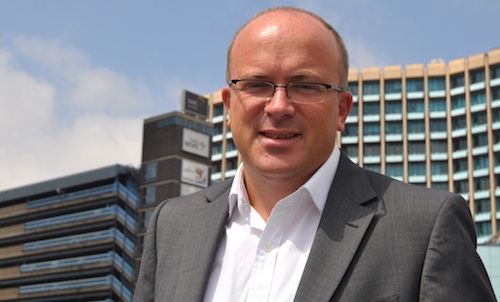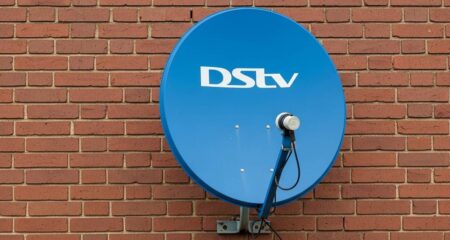
SA consumers may be able to begin buying set-top boxes for digital terrestrial television in little over a year from now, but the full switchover from analogue could take far longer.
Richard Waghorn, chief technology officer at the SABC, says a number of parallel but interlinked processes are now being finalised before manufacturers can begin building the set-top boxes that South Africans will need to receive digital broadcasts. Government has set a deadline of December 2013 for the process to be completed.
According to Waghorn, the SA Bureau of Standards (SABS) is revising the set-top box standard after government decided to adopt the second generation of the European standard for digital terrestrial television. The country had previously decided to adopt the first generation of the standard. Among other things, the SABS must decide whether the country will use standard-definition (SD) or high-definition (HD) profiles for the set-top boxes.
A parallel process is underway to standardise the interactive television service that will be used for the electronic programme guide and other software elements on the decoders.
Waghorn says standardisation of the interactive television component should be completed in the next two months. Broadcasters are already working on a prototype user interface for the electronic programme guide.
It’s important that consumers enjoy a common user-interface experience, something that requires significant co-ordination and co-operation between broadcasters.
The next process involves defining the control mechanism that will be built into the set-top boxes to ensure decoders subsidised by government for purchase by poorer households are not simply bought here and exported. The control mechanism is also meant to ensure the market isn’t flooded with grey imports and that local manufacturers benefit from digital migration.
Only once all these processes have been concluded — which Waghorn expects will happen by June or July — can manufacturers begin building the decoders. It will take a further nine to 11 months before the decoders become available to the public, so, assuming nothing goes wrong, the first devices should go on sale sometime in the second quarter of 2012, or just over a year from now.
Plenty of other ground must also be covered. Broadcasters need to define content and channels for the new digital platform. Because digital technology makes much more efficient use of radio frequency spectrum, licensed broadcasters such as the SABC, M-Net and e.tv will be able to offer many more channels than they do now.
On the transmission side, Sentech is already fairly well advanced in rolling out a digital television network, having covered about 60% of the country’s population to date. It’s in the process of migrating this equipment to the second generation of the European standard.
The Independent Communications Authority of SA (Icasa), which manages radio frequency spectrum, has allocated two multiplexes, or chunks of spectrum, to SA broadcasters. The SABC has 90% of the first multiplex, with M-Net and e.tv sharing the second. The first multiplex should eventually cover about 90% of SA’s population, with the second covering between 50% and 90%.
Waghorn says that once the analogue signals are switched off, there will still be a significant amount of spectrum left over that can be used by Icasa to licence broadcasters in additional multiplexes.
Even if additional multiplexes are introduced for digital television, Waghorn says there will be plenty of spectrum for telecommunications operators wanting to use the UHF (ultra-high frequency) band for deploying the next-generation of wireless broadband technologies. One of the key advantages of digital migration is that a portion of UHF will be freed up for this purpose.
But much work must still be done before Icasa can begin allocating this spectrum. In many respects, the migration to digital television is less a technology project than a massive consumer-change project, Waghorn says.
Marketing will form a cornerstone of the migration — ensuring consumers understand what is happening, why it’s happening and how it affects them.
“This will probably be largest-ever consumer-change programme in SA’s history,” he says.
As for the SABC, the public broadcaster is revising its business plan for digital migration in light of the switch to the second-generation European standard. This should be concluded in the next three months, Waghorn says.
“A lot of infrastructure is already in place or going into place as we speak,” he says, adding that a big cost of migration will involve marketing the benefits of digital migration to South Africans. — Duncan McLeod, TechCentral
- Subscribe to our free daily newsletter
- Follow us on Twitter or on Facebook




